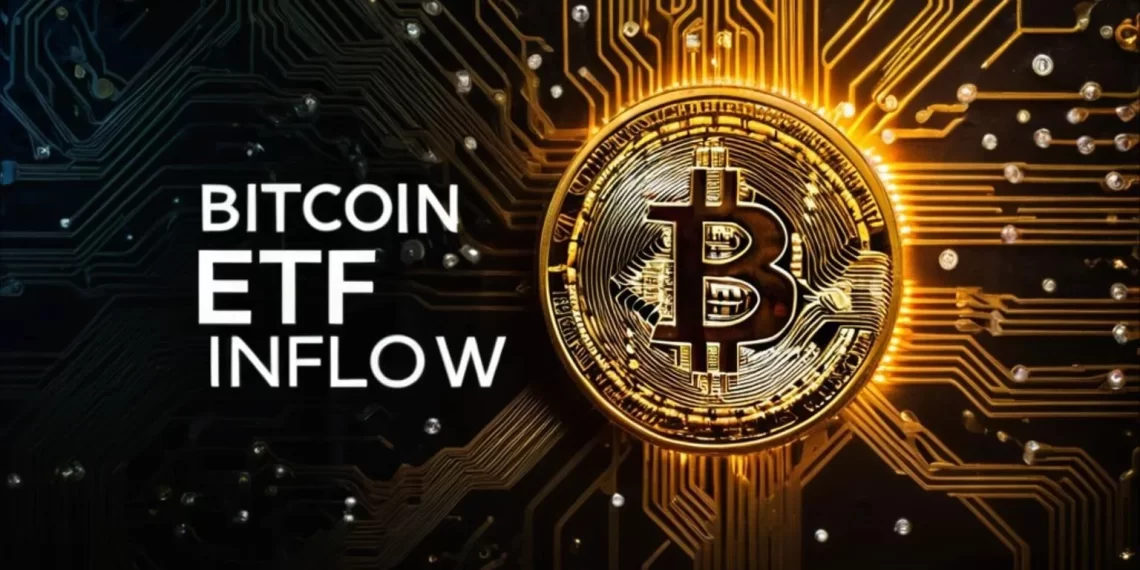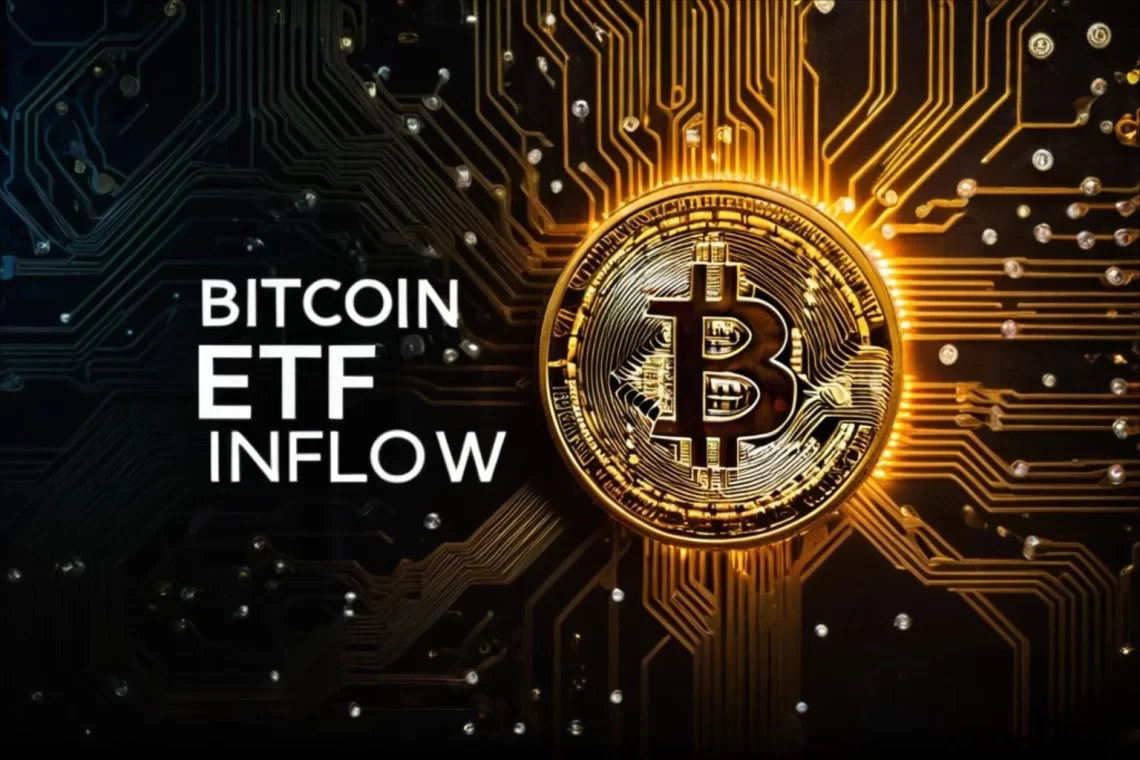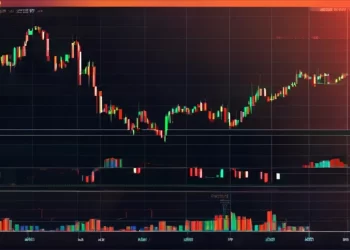The week in the U.S. Spot Bitcoin ETFs unfolded with enthusiasm and setbacks. On Friday, Grayscale reported over $100 million in outflows, which even could have led to the subsequent Bitcoin price crash. But because of the week’s excellent start, these ETF products attracted almost $116 million in inflows.
Weekly Performance of the Bitcoin ETF: A Recap
On Monday, May 6, U.S. Bitcoin ETFs saw a substantial inflow of $217 million, capping a fantastic start to the week. This spike demonstrated the growing interest among investors in cryptocurrency exchange-traded funds. Additionally, Grayscale ETF GBTC made a significant contribution, with a net inflow of $3.9 million in a single day. However, this amount was far less than the $64 million inflow from the previous trading session.
Meanwhile, a substantial $99.19 million inflow was seen in Fidelity’s Bitcoin ETF (FBTC). But as the week went on, this enthusiasm waned, and outflows resumed on Tuesday, May 7. All U.S. Bitcoin ETFs posted net outflows of $15.7 million. Grayscale Bitcoin ETF GBTC reported the most significant withdrawals at $28.6 million.
Despite this loss, Fidelity Wise’s FBTC and WisdomTree’s BTCO ETF drew inflows of $4.1 million and $6 million, respectively. On May 8, however, the Bitwise ETF (BITB) was the only one to contribute $11.5 million to the Spot Bitcoin ETFs, a small but welcome infusion. This recovery demonstrated a resilient market notwithstanding shifting flows.
On the other hand, Grayscale’s GBTC ETF and Blackrock’s iShares Bitcoin Trust (IBIT) both saw zero flows, indicating conflicting opinions among investors. Thursday, May 9, the following day saw net solid outflows of $11.3 million in U.S. Spot Bitcoin ETFs, with Grayscale’s GBTC leading the fall.
Even with $43.4 million in negative flows, GBTC continued to be the market leader, demonstrating the long-lasting power of well-established players. On the other hand, $14.2 million in inflows into Blackrock’s IBIT ETF marked a noteworthy comeback, indicating a change in investor attitude.
Additionally, GBTC reported $100 million in net withdrawals on Friday, May 10, marking another day of outflows. This resulted in $84 million in withdrawals from all Bitcoin ETFs. Despite this loss, investors continued to have faith in certain ETFs amidst market volatility, as evidenced by the $12.43 million inflow into BlackRock’s ETF IBIT.
Bitcoin’s price plummeted from $63,000 on Saturday, May 11, to $60,000 as the week ended. Intense withdrawals may have contributed to the decline. However, the overall weekly inflows remained positive at $116.8 million despite the turbulence.
Regarding Bitcoin Exchange-Traded Funds, what’s next?
Institutions’ acceptance of Bitcoin ETFs is accelerating quickly. It signals a significant shift in traditional finance’s approach towards cryptocurrencies. Throughout the week, prominent banking institutions revealed their exposure to Bitcoin ETFs. As a result, investors may notice that institutional investment portfolios are beginning to accept and incorporate digital assets more and more.
The biggest bank in the world, JPMorgan, revealed that it has significant stakes in several Bitcoin exchange-traded funds (ETFs). Bitwise, Fidelity, and BlackRock Bitcoin ETFs are part of JPMorgan’s portfolio, which employs a diversified investment strategy. Moreover, it boasts an investment of over $1 million.
Furthermore, the JPMorgan investment is notable since its CEO, Jamie Dimon, repeatedly criticizes Bitcoin, but the institution believes otherwise. Wells Fargo, another banking major, also disclosed its exposure to Bitcoin ETFs in a recent filing with the U.S. Securities and Exchange Commission (SEC). The bank revealed ownership of 2,245 shares of Grayscale Bitcoin ETF (GBTC).
These disclosures underscore a broader trend of institutional players embracing Bitcoin ETFs as viable investment vehicles. Institutional adoption can significantly benefit the cryptocurrency market. It improves credibility, stability, and liquidity, paving the way for increased participation from retail investors and other institutional players.
Furthermore, given that 13F files are due before the May 15 deadline, we can also anticipate such pronouncements in the upcoming week. These disclosures have a favourable effect on investor sentiment and strengthen the position of these ETFs. Moreover, there was a revival of inflows.

























